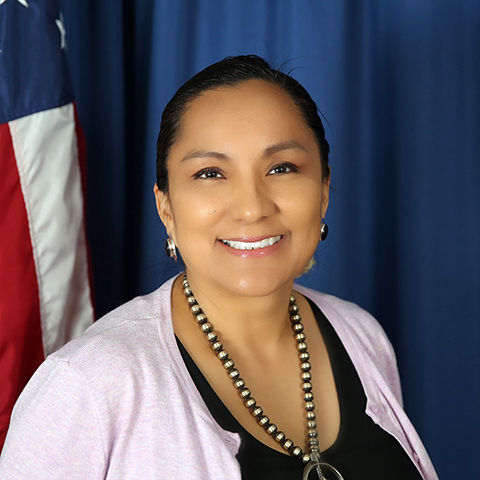During Sexual Assault Awareness Month in April, it is important to acknowledge how COVID-19 is impacting the daily routines of all American Indians and Alaska Natives living on reservations, rancherias, remote villages, and in cities across Indian Country. In this unprecedented time, many are experiencing shelter in place orders and social distancing guidance to prevent the transmission of the coronavirus disease.
Layoffs, unemployment, school closures, teleworking, food insecurity, fear of the unknown, anger, stigma, anxiety, and being quarantined in an abusive relationship are all factors that can lead to an increase in domestic violence, sexual assault, and sexual abuse. Being isolated for many weeks with a partner or extended family members may not only increase the opportunity for perpetration of domestic sexual violence, but also decreases the opportunity for victims to access support or disclose abuse through health care, work, or educational settings.
According to the Centers for Disease Control and Prevention , sexual violence refers to forcing or attempting to force a partner to take part in sexual activity when the partner does not or cannot consent. Anyone can experience sexual violence, but the majority of victims that report are female. The National Institute for Justice reported in 2016 that more than half of American Indian and Alaska Native women have experienced sexual violence, physical violence, or psychological aggression, and 49 percent of Native women have experienced stalking by an intimate partner in their lifetime. During the month of April, sexual assault issues are highlighted in hopes of increasing awareness of prevention and response programs available to the public.
What can we do to help victims of sexual violence access support? The Indian Health Service has partnered with the StrongHearts Native Helpline (1-844-762-8483) to offer a training for staff that support domestic violence prevention efforts to ensure safety planning for victims adhering to shelter in place, social distancing, and self-isolation recommendations. This webinar on safety planning was recently presented by StrongHearts Director Lori Jump, a citizen of the Sault Ste. Marie Tribe of Chippewa Indians. The helpline provides culturally appropriate, confidential and anonymous help for Native Americans affected by domestic violence and dating violence. Advocates are available daily between 7:00 am – 10:00 pm CT.
The IHS currently funds 83 Domestic Violence Prevention projects [PDF] throughout the country. The Domestic Violence Prevention Program promotes the development and implementation of evidence-based and practice-based models of domestic violence, sexual assault, and sexual abuse prevention that are also culturally competent. The program expands outreach and increases awareness by funding projects that provide victim advocacy, intervention, case coordination, policy development, community response teams, sexual assault examiner programs, and education programs for communities and schools.
For more resources that are available to share during Sexual Assault Awareness Month, and throughout the year, please visit ihs.gov/dvpi/resources/.
Related content:
Taking Action to Prevent and Respond to Sexual Assault



